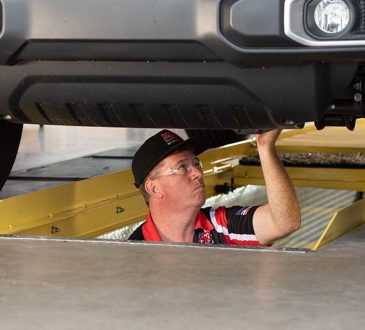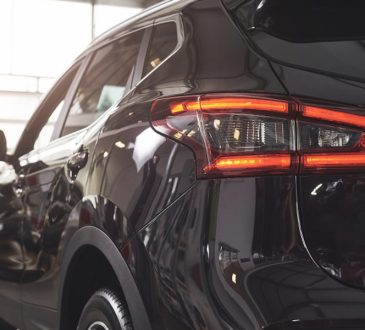
When it comes to vehicle safety, most drivers focus on brakes, tires, and headlights—but few think twice about taillight alignment. Properly aligned taillights play a vital role in keeping you and others safe on the road. If they are misaligned, they can send the wrong signals or reduce your visibility to other drivers, increasing the risk of accidents. Though it may seem like a minor detail, taillight alignment is a critical factor in overall road safety.
What Is Taillight Alignment?
Taillight alignment refers to the positioning and angle of your car’s rear lights. Ideally, both taillights should sit evenly and point directly backward to ensure consistent visibility and signaling. If a taillight is tilted, loose, or shifted after a minor collision or repair job, it may no longer illuminate the correct area behind your vehicle. Misalignment may not be immediately noticeable during the day but becomes a serious concern when driving at night or in poor weather conditions.
Visibility and Communication on the Road
Your taillights are the primary way of communicating your vehicle’s presence and intentions to drivers behind you. When misaligned, they may not be easily seen, especially from certain angles or distances. This can cause confusion when you’re braking, turning, or slowing down. For instance, if one brake light shines upward or sideways instead of straight back, the driver behind might not recognize that you’re stopping, increasing the chance of a rear-end collision.
Legal and Inspection Issues
Improper taillight alignment can also lead to trouble with vehicle inspections and law enforcement. Many safety inspections require that all lights are securely mounted and properly aimed. A visibly crooked or dim taillight could cause your car to fail inspection or prompt a traffic stop. In some cases, you may receive a fix-it ticket or be fined for having an improperly functioning or misaligned taillight, even if the bulb itself works fine. Going for the Auto Repair in Mandan, ND based service is essential here.
Common Causes of Misalignment
Taillight alignment can be thrown off by a number of everyday occurrences. Minor fender-benders, aggressive trunk slamming, or improperly installed aftermarket parts can all lead to misalignment. Even normal wear and tear, such as degraded mounting brackets or loose screws, can cause a taillight to shift over time. The key is to catch the issue early by regularly inspecting your taillights during routine vehicle maintenance.
How to Fix and Prevent Alignment Issues
If you notice a taillight that appears off-center or is visibly dimmer than the other, have it checked by a professional. Sometimes the solution is as simple as tightening a screw or adjusting the mount. In other cases, especially after an accident, the taillight assembly may need to be repositioned or replaced entirely. Prevent future issues by avoiding rear-end bumps, properly closing the trunk, and checking your taillights periodically for any signs of shifting or imbalance.
Conclusion
While often overlooked, taillight alignment is essential for safe driving and effective communication on the road. Misaligned lights can lead to reduced visibility, increased accident risk, and legal trouble. By keeping your taillights properly aligned and functioning, you ensure that your signals are clear, your vehicle is seen, and everyone stays safer—mile after mile.





